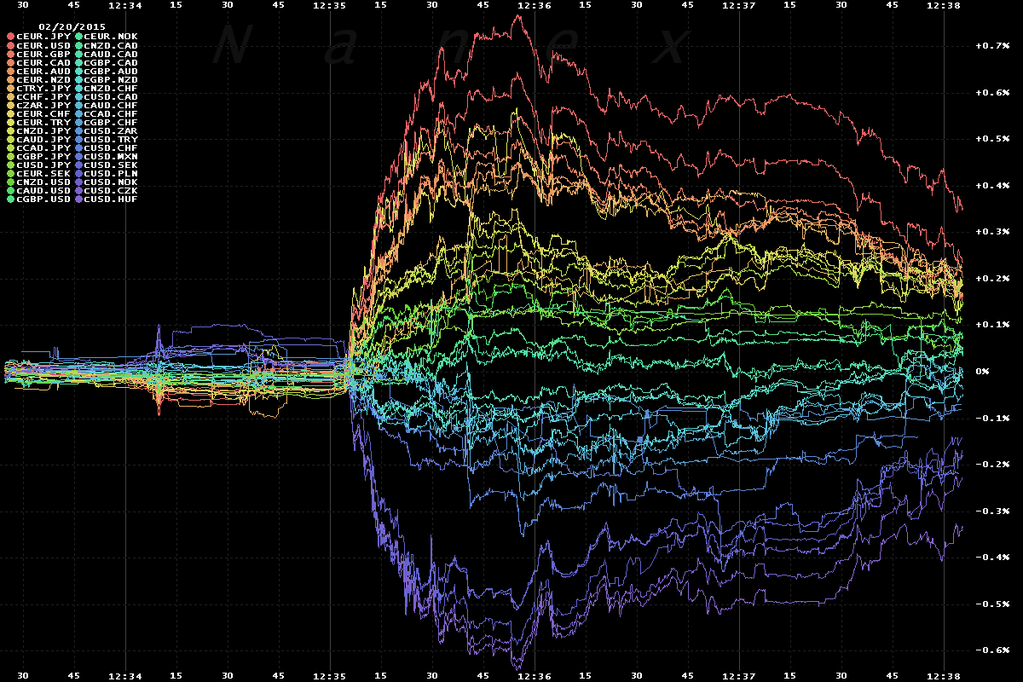Part 1: Set-up a Metamask Wallet on Firefox or Google Chrome
- Go to https://metamask.io and download the plug-in for your corresponding web-browser, presumably Google Chrome or Firefox.
- After installing the metamask plug-in, create a username and strong password for your new ethereum wallet- this will be accessible via the Google Chrome or Firefox extension; store these credentials with a secure-password manager, ideally on a USB-thumb-drive.
- After creating your metamask username and password, the corresponding metamask seeds will be presented for back-up; again, note these seeds with your metamask account credentials then proceed below with Part 2: How to Create an E-mail with a Decentralized Identity Sent over the Ethereum Blockchain.
Part 2: How to Create an E-mail with a Decentralized Identity Sent over the Ethereum Blockchain
- Sign-in to your metamask wallet via your Google Chrome or Firefox browser extension.
- Next go to ethmail.cc and then scroll down to the “How to check if someone have sent me any emails? Click on the Key Management web-app link, or go to https://keys.cryptoauth.io/.
- After completing the Google Authenticator, the metamask wallet extension should automatically launch to confirm request to connect the crypto-auth web-app- click the “Connect” button.
- After connecting, the metamask wallet will request confirmation to sign your metamask private key for generating a new public-key for the ethmail.cc account.
- Upon signing the ethmail.cc confirmation request, the crypto-auth web-app will re-direct to another web-page presenting your ETHmail account, which will be appended to the public ethereum-address associated with the metamask wallet (e.g. 0x400b7c1660fd28d0ca03c6972693ddbf753a48bb@ethmail.cc) in addition to a corresponding password generated by the crypto-auth web app- note both of these details with your metamask account information.
- Go to Mozilla Thunderbird and download the e-mail client compatible with your OS.
- After downloading and installing Thunderbird, the application will automatically prompt requests for your name, e-mail address and password- input your name and ETHmail account credentials noted in step-5 into the appropriate fields; your ethereum wallet is now ready to send and receive over the ethereum blockchain.
BONUS: Using macOS Mojave Screen Share to Access Hackintosh
If you noticed, I was screencasting this tutorial from my iMac macOS Mojave Desktop while accessing my 2012 Macbook Pro which is now running faster and smoother on Ubuntu 18.04; I learned how to do the aforementioned while preparing for this tutorial so I included the steps below if interested- enjoy!
From Ubuntu 18.04-2 LTS
- Evidently, vino functionality was merged in Ubuntu 18.04.2 LTS Gnome Control Center, so it’s much easier- simply go to “Settings”.
- Within “Settings”, scroll down to the “Sharing” tab within the left-hand side of the window.
- Turn on “Screen Sharing”- select “Allow connections to control the screen” and “Require a password” underneath “Access Options” then proceed with the below instructions to remotely access your Ubuntu 18.04.2 LTS desktop from your macOS desktop.
- Next download net-tools by running
sudo apt install net-tools. - Then run
sudo ufw allow 5900 - Download dconf-tools by running
sudo apt-get install dconf-tools - Run
dconf-editor - Expand “Org”
- Expand “Gnome”
- Expand “desktop”
- Select “remote-access”
- Uncheck “require-encryption”
- Exit dconf-editor
Logging-in From macOS Mojave
- Access the “Spotlight” by hitting CMD + Space-bar
- Within the Spotlight field, enter
vnc://your_server_ip:5900(e.g.vnc://10.3.1.233:5900). - If successful, the Screen Sharing application should automatically launch within your macOS desktop to remotely view your Ubuntu 18.04 instance.
